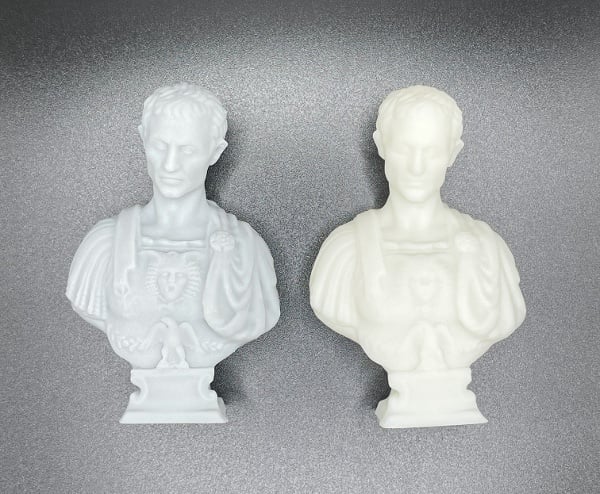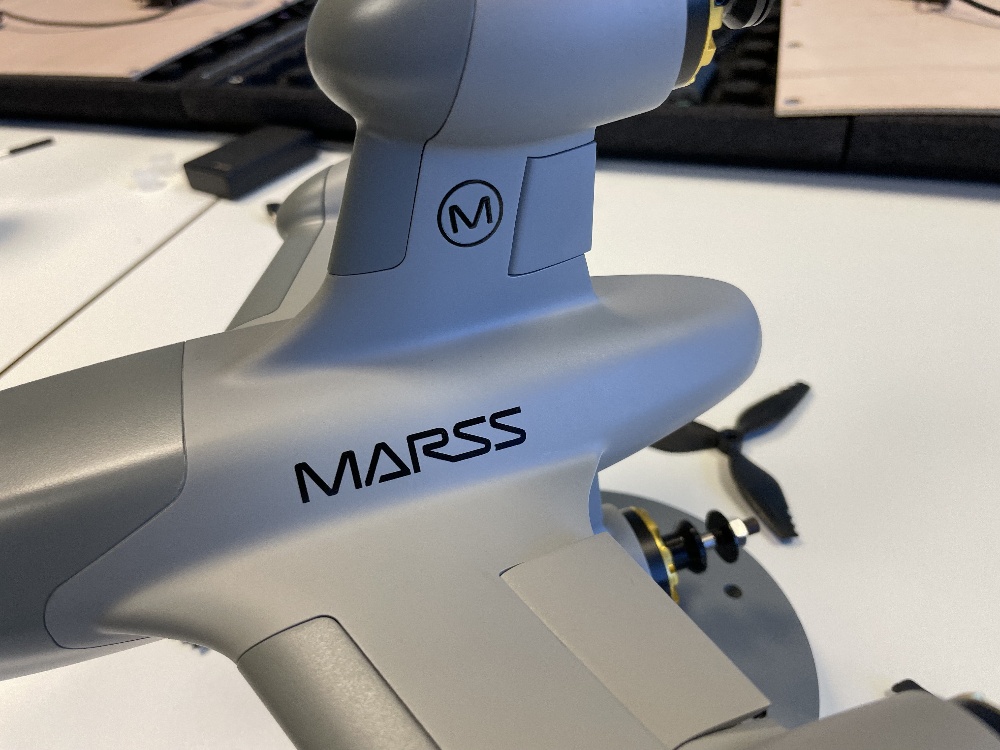Stereolithography is a 3D printing technology that uses liquid resin & a laser to solidify a part, layer by layer from a CAD file.
SLA 3D Printing offers many benefits including:
- Quick print times.
- Smooth surfaces.
- Can print transparent parts.
- Can print large parts.
- Can print complex geometries.
Stereolithography offers high-resolution SLA 3D prints & standard SLA, the difference? The main difference is within the level of detail & cost. In this article, we will go into more detail on the differences between hi-res SLA and standard as well as how you determine which one is suitable for your project.
Layer Thickness
High-resolution SLA 3D printing uses thinner layers in comparison to standard SLA. Thinner layers allow greater depths of detail to be achieved and a smoother off-machine finish.
Standard stereolithography usually prints layers with a thickness of 0.1 to 0.15mm, whereas hi-res prints layers that are usually around 0.025 to 0.05mm.
3D Print Speed
As high-resolution SLA prints thinner layers, this means more are required to build a part in comparison to standard which consequently means that the time it takes to print in high resolution will often be longer than standard.
Surface Finish
Standard SLA prints could potentially lead to visible build lines when first taken off the machine. This means that more post-processing involving sanding and shot blasting will be required to make the surface smooth. Using high-resolution stereolithography means that less post-processing will be needed due to the accuracy and things of the build layers.
Costs
As the machine achieves more intricate detail, it will be running for longer. Thinner layers mean more material and an overall higher cost for better resolution. Building in standard SLA can be a cheaper option depending on your requirements.
How do I know which SLA format is right for me?
Based on the above differences, it’s fairly simple to determine which SLA 3D printing format is suitable for your requirements. If you’re working to a lower budget & a high level of detail isn’t compulsory, then standard is usually the better option. However, if you do require intricate details on your part then high-resolution SLA is recommended.
Another important thing to consider is the material choice. Not every material is available in both high-resolution and standard SLA machines. Depending on the properties required from materials, then you may be forced to go with the option that it comes with unless there is an alternative material with similar properties for the alternative format.
Standard SLA 3D printing is often used for concept models, prototypes & functional parts, where detail isn’t paramount. High-resolution SLA is suitable for dental models, jewellery & visual prototypes.
In summary, the choice between high-resolution SLA and standard SLA depends on the specific requirements of your project. If you need the highest level of detail, precision, and surface finish, then high-resolution SLA is a better choice. However, if you need faster printing speeds and can tolerate slightly less intricate detail, standard SLA might be more appropriate.


.jpg)

